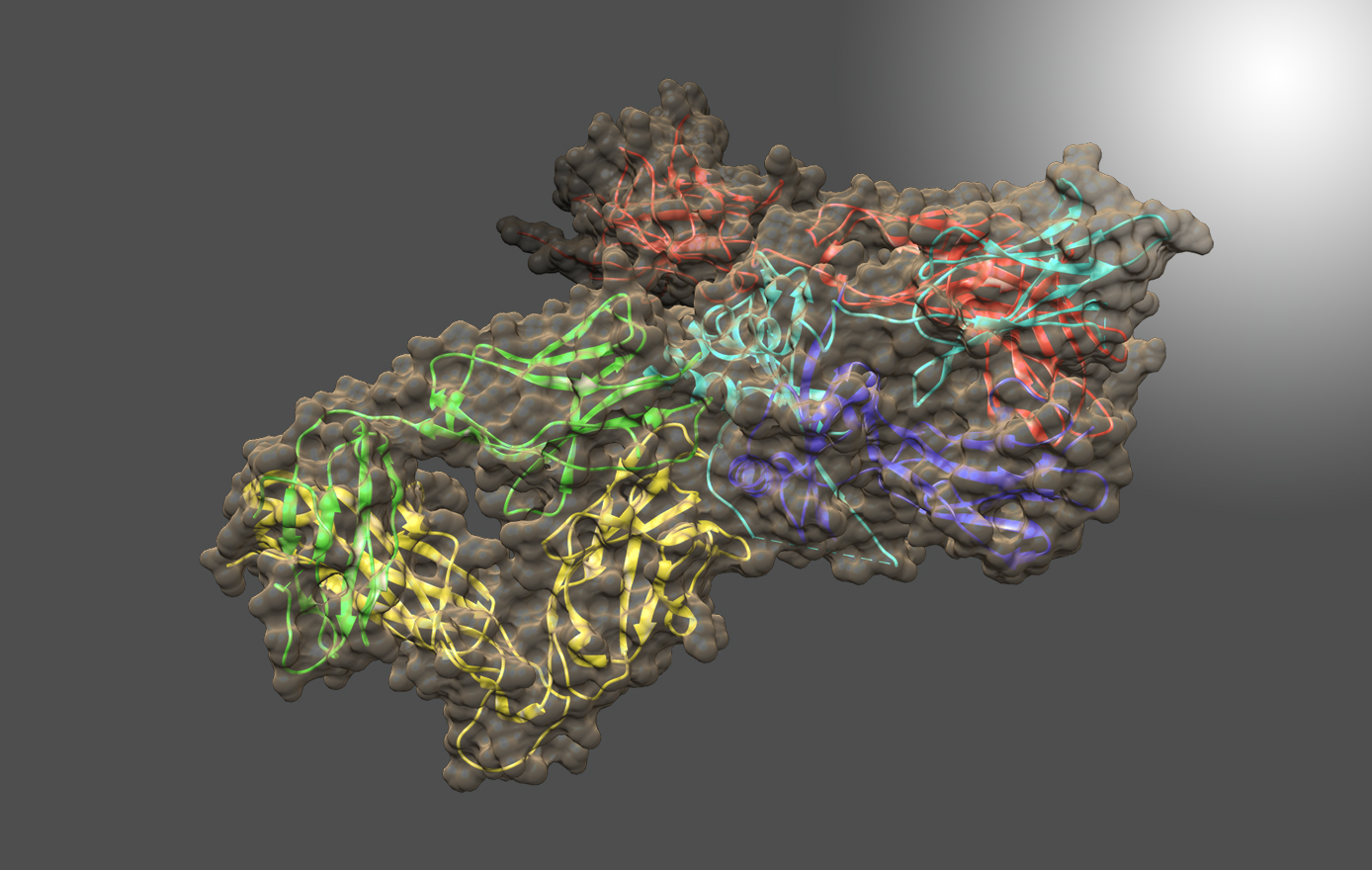Lecture Series: Structure Matters - Making Bacterial Molecules Work for Us
Event Info
Event Details
The innate immune system is the first line of defense, protecting a host from infection. Pathogens are detected by pattern recognition receptors on host cells that recognize structures that are broadly shared by pathogens. These bacterial patterns represent a “bar code” with diagnostic potential as they instruct the host on the level of danger of the invading organism and how to respond appropriately. Unfortunately for the host, inappropriate or adverse responses to bacterial signatures can have lethal consequences for the host. To reprogram the host response to specific bacterial signatures, we developed a method to rapidly generate rationally designed, functionally diverse structures in the bacterial surface molecule lipopolysaccharide (LPS, endotoxin), specifically the membrane anchor region, lipid A. These modified structures can be used to improve the efficiency of future vaccines as adjuvants, by strengthening an appropriate and protective immune response or inhibit the harmful response of the body’s immune system to sepsis, a lethal blood-borne microbial infection.This will ultimate lead to improvements in patient outcomes and reduced financial burden on the health care system.
